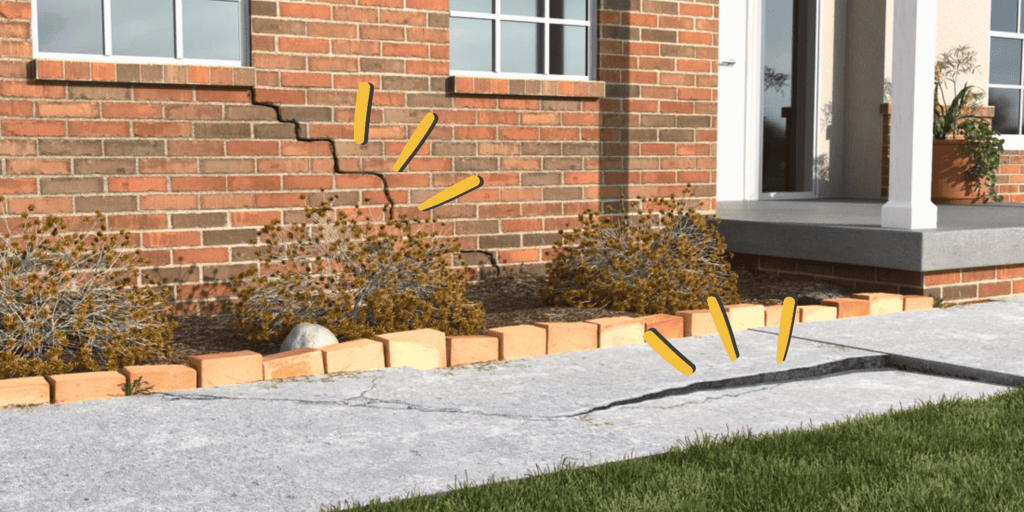Let’s talk about the causes of foundation settlement. Your home is resting upon many different layers of soil, each with different thicknesses and abilities to hold the weight of your home. When the Earth was formed, the soil took its shape. In detail, some layers are carried and deposited by water, wind, or glaciers. Contractors commonly place new soil or move soil to create a flat, buildable lot of land. Typically, soil layers get stronger with depth. In most locations, you will find a shallow layer near the very surface that is organic, making it easy for plants and other vegetation to grow.
Below that top layer, you may find layers of sandy, silty, or clayey soils, depending upon where you live and how the soil got there. Additionally, deep below these layers is a layer of bedrock, which is very stable, dense soil. Overall, symptoms of settlement include sticking doors and windows, sloping floors, cracking drywall, and cracking brick. If you notice these signs, contact TFS, The Foundation Specialists, for a free inspection. Now we will discuss the causes of foundation settlement.
What is Foundation Settlement?
Simply stated, settlement is the movement your home experiences when the soil below can no longer support the weight of your home. There are three common changes in soil that are causes of foundation settlement.
DRYING AND SHRINKING OF SOIL
 Drought
Drought
- After many months or years of drought, clay soil dries out. When clay dries, it shrinks. As the amount of soil around your house shrinks in size, it creates an empty space for your home to settle into.
Maturing Trees
- Did you know that the root system of a tree is often twice the size of the tree canopy? This means a tree with branches that extend over your home most likely has roots that extend under your home, drawing valuable moisture from the soil. When the soil dries out…well, you know!
WETTING AND SOFTENING OF SOIL
 Heaving rain & flood conditions
Heaving rain & flood conditions
- As clay soil gets wet, it holds on to the water and becomes very soft. This soft soil can be weak, causing the home to shift or ‘sink’ down into it. In some ways, it is similar to when you step in mud and your foot squishes into the soil.
Poor drainage
- If water is allowed to stand or pond next to your home, the soil will absorb the water and again weaken the soil. Water is one of the main causes of foundation settlement.
COMPRESSION OF POORLY COMPACTED FILL SOIL
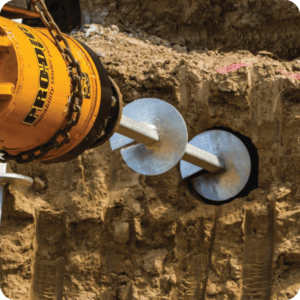 Poorly compacted soil
Poorly compacted soil
- A common practice when developing neighborhoods involves removing soil from hilltops and placing it in valleys to create flat, buildable lots. If this fill soil is not compacted well, it will compress under the weight of the home, causing settlement.
Symptoms Of Foundation Settlement
Now that we have discussed the causes of foundation settlement, what are the symptoms? Foundation settlement can lead to various structural issues in your home, often presenting subtle signs that homeowners might overlook. Identifying these symptoms early is crucial for maintaining the integrity and safety of your home. Here are some common indicators of foundation settlement:
Sticking Doors and Windows
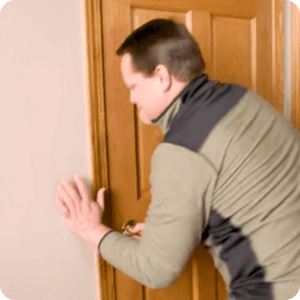
- If you notice that your doors and windows are becoming difficult to open or close, it might be due to foundation movement. As the foundation settles, it can cause the frames to twist or warp, making them stick.
Cracking Drywall
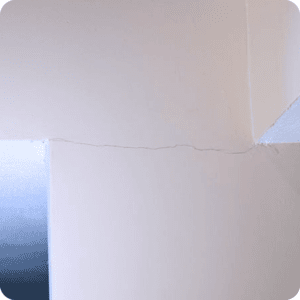
- Cracks in the drywall, especially around doors and windows, can signify foundation issues. These cracks often appear in a stair-step pattern and may expand over time if not addressed. This symptom is one of the common causes of foundation settlement.
Cracking Brick

- Exterior brick walls may also show signs of foundation settlement through cracks. These cracks can often be seen as horizontal or stair-step patterns in the mortar joints or bricks themselves, indicating structural shifts.
Sloping Floors
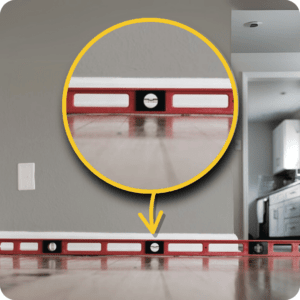
- Floors that appear uneven or sloped can be a direct result of a settling foundation. This issue not only affects the aesthetic of your home but can also lead to further structural problems if left unchecked.
Bouncing Floors
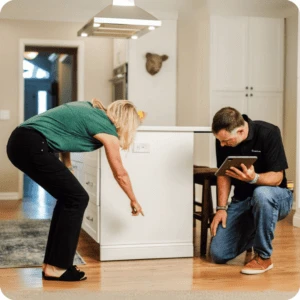
- If your floors feel springy or bouncy as you walk across them, it could be a sign that the foundation has shifted, affecting the support underneath. This can compromise the stability of your flooring system.
Gaps in Your Home
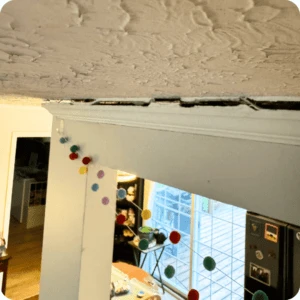
- Noticeable gaps between walls and ceilings or around doors and windows can indicate that your foundation is settling. These gaps are often a result of the structure pulling apart as the foundation shifts.
Recognizing these symptoms early and consulting with a professional can prevent more severe damage and costly repairs. At TFS, The Foundation Specialists, we offer comprehensive inspections to accurately diagnose and address these issues, ensuring your home remains safe and secure. We understand the causes of foundation settlement and use this to repair your home. If you suspect foundation settlement in your home, contact us for a free inspection to assess the situation and discuss potential solutions.

What To Do Now
At TFS, The Foundation Specialists, we are not just fixing foundations; we are laying the groundwork for a new standard in the industry. By choosing TFS, you are partnering with a team that is passionate about making a difference. We are believers in the potential for change, and we invite you to join us on this journey. Together, we can redefine what is possible in foundation services and create a better future for everyone.
Contact us today to experience the TFS difference and take the first step towards a safer, more secure home.
For regular tips and industry updates, follow us on Instagram and Facebook.

